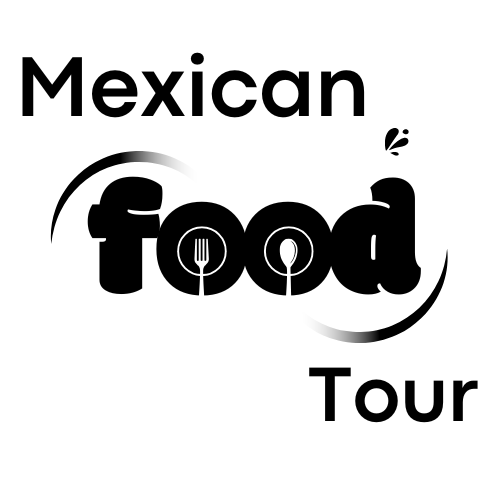Día de Muertos (Day of the Dead) is a vibrant Mexican holiday that honors deceased loved ones with colorful altars, marigold flowers, and, most importantly, delicious traditional foods. This celebration, recognized by UNESCO as Intangible Cultural Heritage, blends indigenous Aztec rituals with Catholic traditions, creating a unique and meaningful experience.
In this blog post, we’ll explore the significance of Día de Muertos foods, their symbolism, and how you can incorporate them into your own celebration.
The Significance of Food in Día de Muertos
Food plays a central role in Día de Muertos celebrations, as families prepare the favorite dishes of their departed loved ones to welcome their spirits back to the world of the living. These offerings, or ofrendas, are placed on beautifully decorated altars alongside photos, candles, and marigolds.
Traditional Día de Muertos Foods
1. Pan de Muerto (Bread of the Dead)
- A sweet, round bread decorated with bone-shaped dough and a “tear” on top, symbolizing sorrow.
- Often flavored with orange blossom water and anise.
- Represents the cycle of life and death.
2. Sugar Skulls (Calaveras de Azúcar)
- Colorful, intricately decorated skulls made from sugar or chocolate.
- Used as decorations and sometimes personalized with the names of the deceased.
- Symbolize the sweetness of life and remembrance.
3. Mole
- A rich, complex sauce made with chilies, chocolate, spices, and nuts.
- Often served over chicken or turkey.
- Represents the blending of indigenous and Spanish influences in Mexican cuisine.
4. Tamales
- Corn dough filled with meats, cheeses, or sweets, wrapped in corn husks or banana leaves.
- A staple in Mexican celebrations, believed to nourish returning spirits.
5. Atole
- A warm, thick drink made from masa (corn dough), flavored with cinnamon, vanilla, or chocolate.
- Often paired with tamales or pan de muerto.
- Provides comfort and warmth to visiting souls.
6. Pumpkin Candy (Dulce de Calabaza)
- Candied pumpkin cooked in cinnamon and piloncillo (unrefined cane sugar).
- A sweet treat left as an offering.
How to Incorporate Día de Muertos Foods into Your Celebration
- Set Up an Ofrenda: Include your loved one’s favorite dishes alongside traditional foods.
- Host a Día de Muertos Dinner: Share stories about departed family members while enjoying mole, tamales, and pan de muerto.
- Make Sugar Skulls: A fun activity for families—decorate them with bright colors and glitter.
- Visit a Local Mexican Bakery: Many bakeries sell pan de muerto and other treats during the season.
Final Thoughts
Día de Muertos is a beautiful celebration of life, love, and remembrance. By incorporating traditional foods into your festivities, you honor both the cultural heritage of Mexico and the memory of those who have passed.
Will you be celebrating Día de Muertos this year? Share your favorite foods and traditions in the comments below!


Leave a Reply